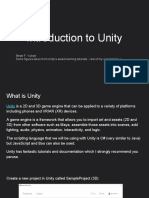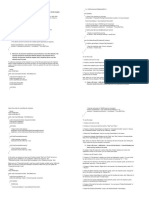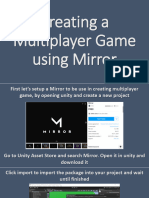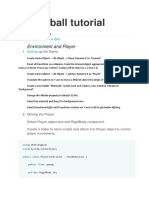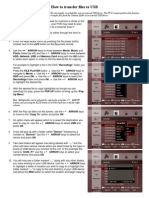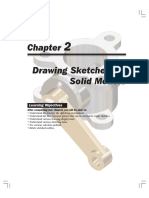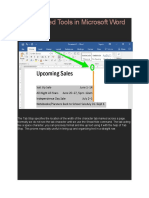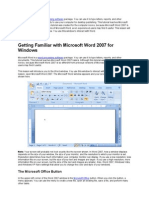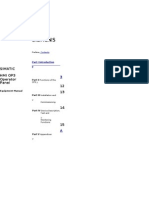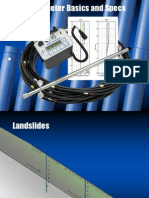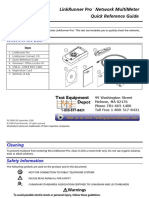0% found this document useful (0 votes)
39 views7 pagesLab Manual For Unity
This document provides an introduction to Unity, guiding users through the installation process, project setup, and basic asset creation. It covers player movement implementation using Rigidbody and Collider components, as well as creating a camera follow script for smooth tracking of the player character. The document includes detailed procedures and observations for each step, enabling users to build foundational skills in Unity game development.
Uploaded by
reshma.rCopyright
© © All Rights Reserved
We take content rights seriously. If you suspect this is your content, claim it here.
Available Formats
Download as DOCX, PDF, TXT or read online on Scribd
0% found this document useful (0 votes)
39 views7 pagesLab Manual For Unity
This document provides an introduction to Unity, guiding users through the installation process, project setup, and basic asset creation. It covers player movement implementation using Rigidbody and Collider components, as well as creating a camera follow script for smooth tracking of the player character. The document includes detailed procedures and observations for each step, enabling users to build foundational skills in Unity game development.
Uploaded by
reshma.rCopyright
© © All Rights Reserved
We take content rights seriously. If you suspect this is your content, claim it here.
Available Formats
Download as DOCX, PDF, TXT or read online on Scribd
/ 7

